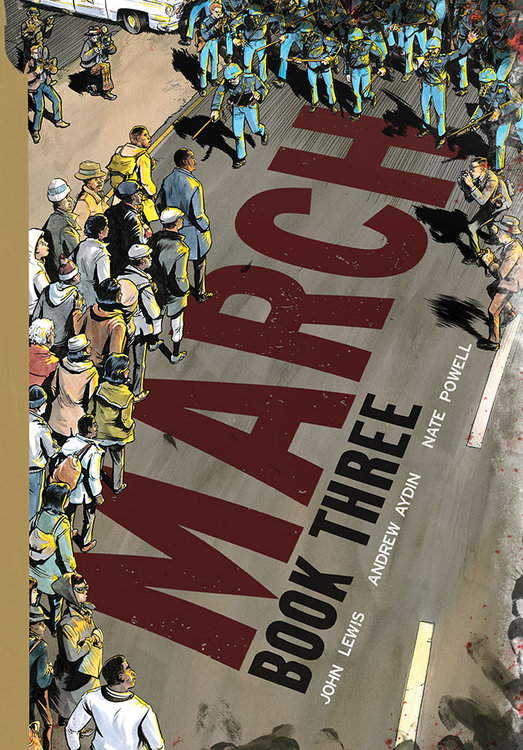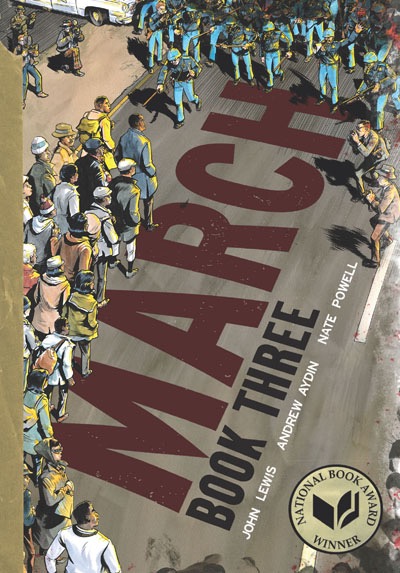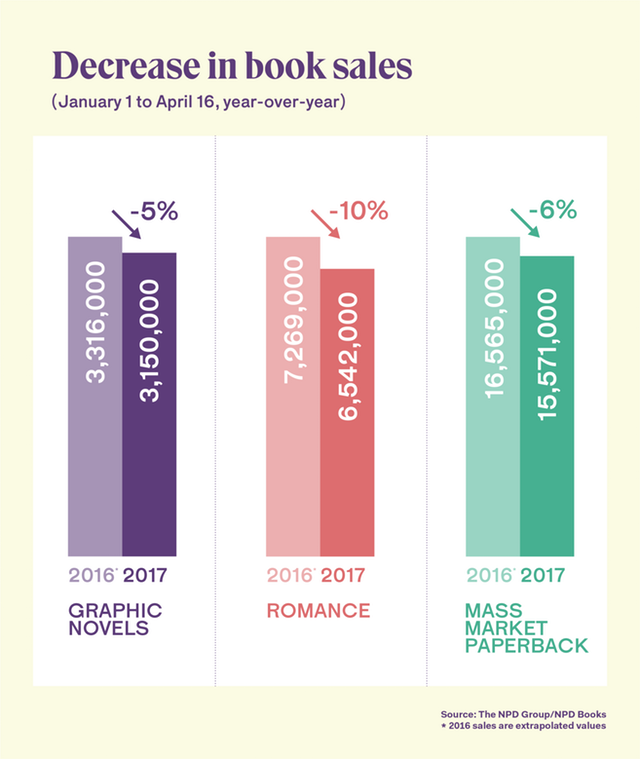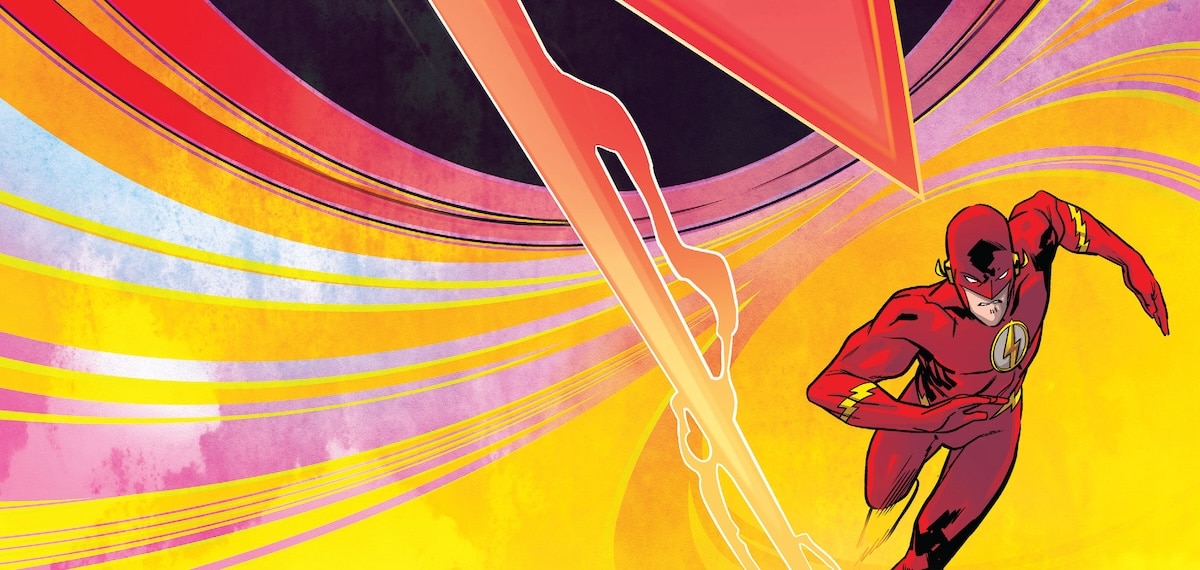We’ve been noting on Diamond’s charts that graphic novels sales in 2017 are down quite a bit from 2016, at least for the first few months of the year. I’ve heard from some publishing folks that BookScan’s GN numbers are also down.
No one I’ve spoken to has been able to pinpoint the exact cause, and I haven’t had time to run my own study.
But here’s a radical suggestion: perhaps the decline in graphic novel sales – 5% on BookScan – is due to the New York Times dropping their graphic novel best seller lists.
That’s the argument made in this piece on the Outline called As best-seller lists are cut, a looming disaster for publishers.
According to a startling chart prepared by The Outline, in the categories where the Times dropped their bestseller lists, sales are down for the year.
As we reported back in January, the Times dropped their bestseller lists for graphic novels and a few other categories, including mass market paperbacks and middle grade e-book and young adult e-book lists. According to the Outline’s chart, romance, which is sokd mostly in mass market paperbacks, and graphic novels have declined since then. While you can’t draw a direct cause and effect here, the Times bestseller list definitely drew more eyes to books that weren’t necessarily on the radar of the regular book buying public, and as the Outline piece points out, young emerging authors in general are not served by the decline of these charts:
It’s difficult to say how much the Best Sellers list changes impacted sales, but the numbers don’t look good. Sales are hurting for several of the eliminated categories as of April 2017, with graphic novels 5 percent down in sales relative to this period last year, romance sales down 10 percent, and mass market sales down 6 percent, according to the NPD Group (formerly Nielsen Bookscan).
“I think it’s going to absolutely have a negative effect on, particularly, the mass market,” said Steven Zacharius, CEO of Kensington Books, a publishing house whose imprints boast a number of New York Times best selling authors including Fern Michaels, one of the most recognizable names in romance.
Publishers Weekly has a monthly graphic novels bestseller list, taken directly from BookScan, but it’s mostly manga. And it doesn’t seem to have captured the prestige of the Times lists.
While you can’t PROVE the Times debacle has anything to do with GN sales declines, one thing that’s verifiable is that the added coverage that NY Times Book section editor Pamela Paul promised for the dropped categories hasn’t really emerged. It’s been sugested that Paul may be an old school publishing type who isn’t hep to the rise of comics. If that’s true it would really be a shame..and also out of touch with curreant publishing realities.
At any rate, while you can’t prove a negative, I feel fairly confident that he dissappearance of the Times best seller list has had at least some influence on the decline in GN sales.
Developing.










I think I’d want to see what happened in the other categories where lists remained.
I don’t see where it would have impacted the Direct Market, where given the ordering mechanism it would take a while for orders to reflect a demand-related factor (which the Times lost would be — presuming any consumers in the DM looked at it).
I have some theories on graphic novels in the DM but I need to take a closer look at the data.
Is there just too much available? I feel like if there weren’t any comics or graphic novels printed for a year, stores would have no problem filling the shelves with inventory that customers would purchase.
Marvel seems to be having a bad year…maybe it’s just the market being in a down cycle?
I think you make a valid point as there are a lot of independent bookstores who use the NYT lists as buying guides. It is/was a trusted source as they all know it’s a list built buy indie booksellers.
Beyond the BookScan list, I’m wondering if it is possible to survey the distribution companies like Ingram, Follett, Baker & Taylor? That would be a more accurate tracking than BookScan
The numbers may be reflecting reality…and not pr schemes and gimmicks used to make sales look like they are growing. I won’t name any guilty parties of manipulating data and putting forth fabricated narratives about a influx of new paying customers.
Comments are closed.